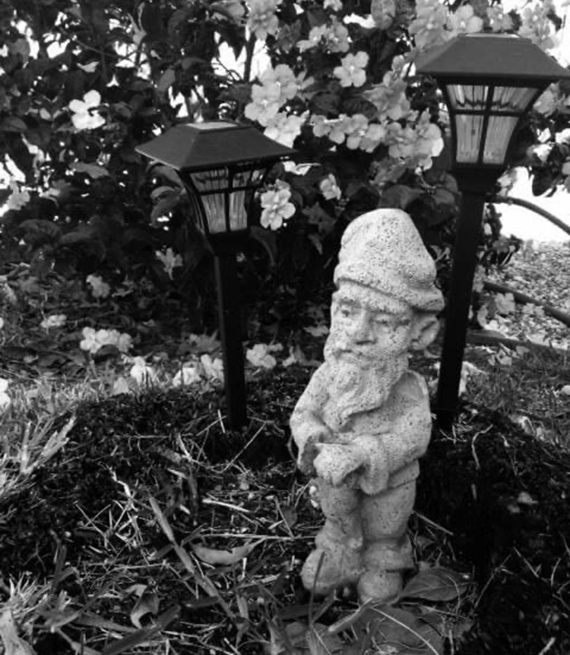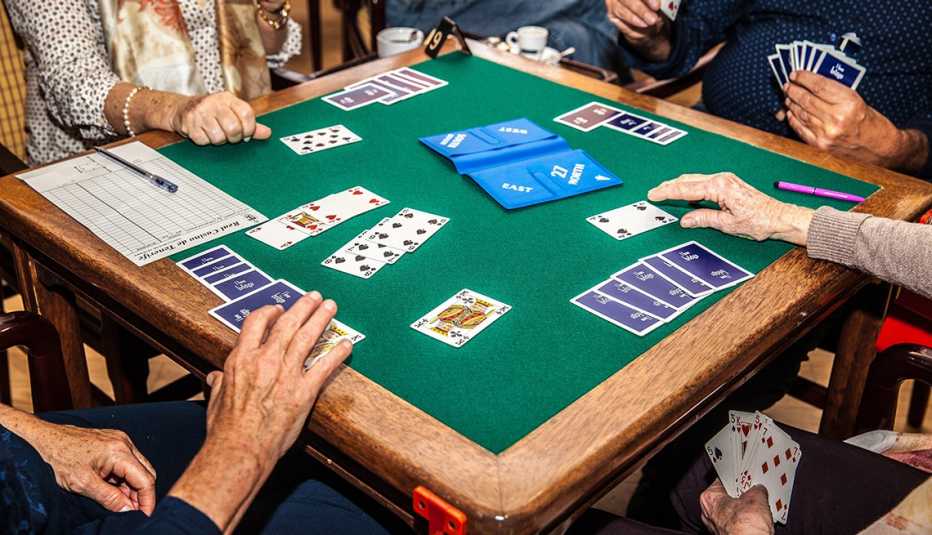AARP Hearing Center
When the coronavirus pandemic forced Susan Ostheim, 63, to work from home, she used art to find normalcy and create a routine.
Some days, that meant taking photos in black and white. On others, it meant painting landscapes in the style of one of her favorite painters. Some days, it just meant doodling a circle on a piece of scrap paper.
Now, she's encouraging others to do the same.
In times of uncertainty, both artists and people who have never picked up a paintbrush are creating as a way to relax in isolation.
"It is a meditation when you do it. Your mind goes to a different place,” says Ostheim, a high school art teacher in South Florida. She adds that creating art can serve as a way to cope with quarantining and the onslaught of grim news about the pandemic.
Painting, drawing, sculpture, photography, poetry writing and even a daily yoga pose are all artistic pursuits to strive for. Putting them into your daily routine can have benefits that go beyond creativity, helping to ease stress and boost brain function.
Lindsay Thomson runs the 100 Day Project — a free, global art project that encourages people to do any sort of artistic action daily for 100 days in a row. Participants share their work on Instagram and use the hashtag #The100DayProject.
"In the midst of so much uncertainty, the project is a great daily anchor in people's lives,” Thomson says. People do their own projects, but “in tandem with a large global community of fellow creatives. Community is so important, especially now when many people can't see their loved ones the way they would like to.”
According to the Creativity and Aging Study — which was conducted by the National Endowment for the Arts and George Washington University — art positively impacts senior health. The report found that creativity helped promote independence and reduced risk factors related to long-term care. Studies show that it also can help improve cognition, reduce stress and stimulate a person's senses.
It's why Ostheim, who for 32 years has taught art techniques and appreciation to kindergartners through adults at night school, in addition to running museum education initiatives, started leading a senior citizen church group in art series instruction.
"There's therapy in it, no matter your skill level,” she says. “It's really rewarding.”
Try these art projects
For those not ready to commit to 100 days, or newcomers in need of inspiration, Ostheim recommends a few different challenges and art series that she's participated in over the years. An art series involves finding one theme or pattern and sticking to it for the length of the project.







































































